What's New
Displaying results 1211 - 1220 of 4914
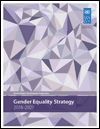
Resource | Publications,
The UNDP Gender Equality Strategy 2018-2021, the third such strategy, provides a road map to elevate and integrate gender equality into all aspects of UNDP's work to reduce poverty, build resilience and achieve peace in communities and territories, helping to accelerate progress towards the 2030 Agenda.
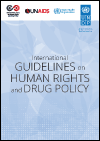
Resource | Guidelines,
Drug control intersects with much of the 2030 Agenda for Sustainable Development and the UN Member State pledge to leave no one behind. In line with the 2030 Agenda, the UNDP Strategic Plan 2018-2021 and the HIV, Health and Development Strategy 2016-2021: Connecting the Dots, the International Guidelines on Human Rights and Drug Policy provide a comprehensive set of international legal standards for placing human dignity and sustainable development at the centre of Member State responses to illicit drug economies. The guidelines cover a diverse set of substantive issues ranging from development to criminal justice to public health.
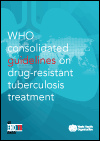
Resource | Guidelines,
The present Consolidated guidelines include a comprehensive set of WHO recommendations for the treatment and care of DR-TB, derived from these WHO guidelines documents. The consolidated guidelines include policy recommendations on treatment regimens for isoniazid-resistant TB (Hr-TB) and MDR/RR-TB, including longer and shorter regimens, culture monitoring of patients on treatment, the timing of antiretroviral therapy (ART) in MDR/RR-TB patients infected with the human immunodeficiency virus (HIV), use of surgery for patients receiving MDR-TB treatment, and optimal models of patient support and care.

Resource | Guidelines,
These guidelines have been developed to provide updated, evidence-informed recommendations on tuberculosis (TB) infection prevention and control (IPC) in the context of the global targets of the Sustainable Development Goals (SDGs) and the World Health Organization (WHO) End TB Strategy. The notion and practice of IPC encompasses a set of broader, practical, evidence-based approaches to preventing the community from being harmed by avoidable infections, preventing health care-associated infections (HAI), implementing laboratory biosafety and reducing the spread of antimicrobial resistance (AMR).
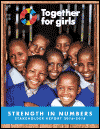
Resource | Publications,
In less than 10 years, the Together for Girls partnership has made monumental progress in achieving a safer world for every child, adolescent and young person. Read about the results and priorities.
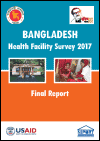
Resource | Publications,
The survey showed that nearly all health facilities in Bangladesh offer antenatal care for women and curative care for children. A majority of the facilities provide family planning and child vaccination services. Less common services are for non-communicable disease and tuberculosis diagnosis or treatment and normal delivery. The availability of normal delivery services has increased across all types of health facilities with the most notable change among Union Health and Family Welfare Centers (UHFWCs).
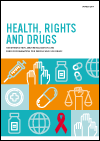
Resource | Publications,
The new UNAIDS report, Health, rights and drugs: harm reduction, decriminalization and zero discrimination for people who use drugs, shows that of the 10.6 million people who inject drugs in 2016, more than half were living with hepatitis C and one in eight were living with HIV. It outlines that ensuring that comprehensive harm reduction services are available—including needle–syringe programmes, drug dependence treatment and HIV testing and treatment—will kick-start progress on stopping new HIV infections among people who use drugs.
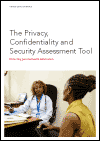
Resource | Tools,
With scaling-up of HIV and other health services in low- and middle-income countries, an increasing amount of personally identifiable health information is being collected at health facilities and stored in data repositories at local, regional and national levels. Countries need to protect the confidentiality and security of identifiable and de-identified personal health information, and this can be accomplished in part through the existence and implementation of relevant privacy laws, policies and programmes.
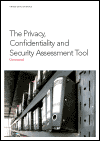
Resource | Tools,
Based on privacy, confidentiality and security principles an Assessment Tool was developed to assess in country the extent that the confidentiality and security of personal health information is protected at facility and data warehouse/repository levels and whether national guidelines exist including privacy laws. A Manual on the use of the Assessment Tool has been produced and is available below.
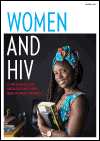
Resource | Publications,
Gender discrimination and gender-based violence fuel the HIV epidemic. Gender norms in many cultures combined with taboos about sexuality have a huge impact on the ability of adolescent girls and young women to protect their health and prevent HIV, seek health services and make their own informed decisions about their sexual and reproductive health and lives.





